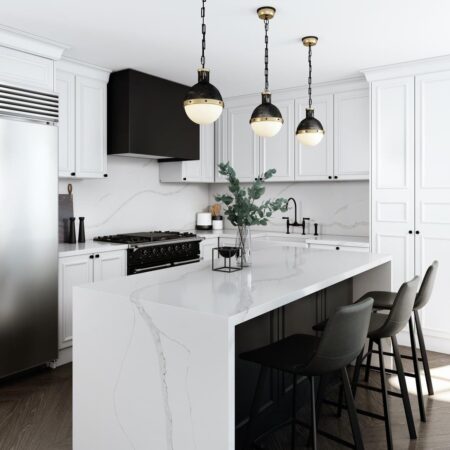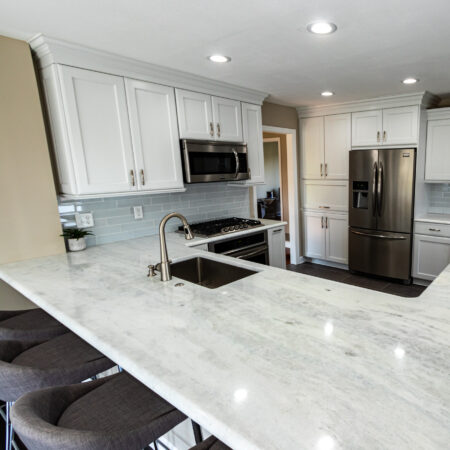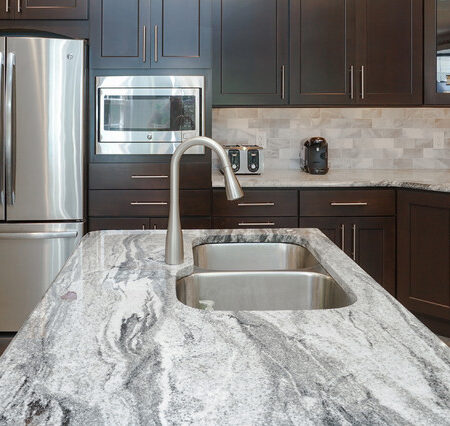Opal Marble Polished Countertops
Opal Marble Polished is easy to match with and will go with any modern or traditional looking home. The double perks of having a magnificent design and durability makes it a perfect countertop for any home.
Description
Opal Marble comes from Vietnam. This marble stone has a deep white background with hues of grey and undertones of black. With a beautiful wavy pattern and heavy crystallization – this stone is a bold choice for any room – kitchen, bath, accent wall or floor.
Additional information
| Color | |
|---|---|
| Design | |
| Finish | |
| Product Type |





Reviews
There are no reviews yet.